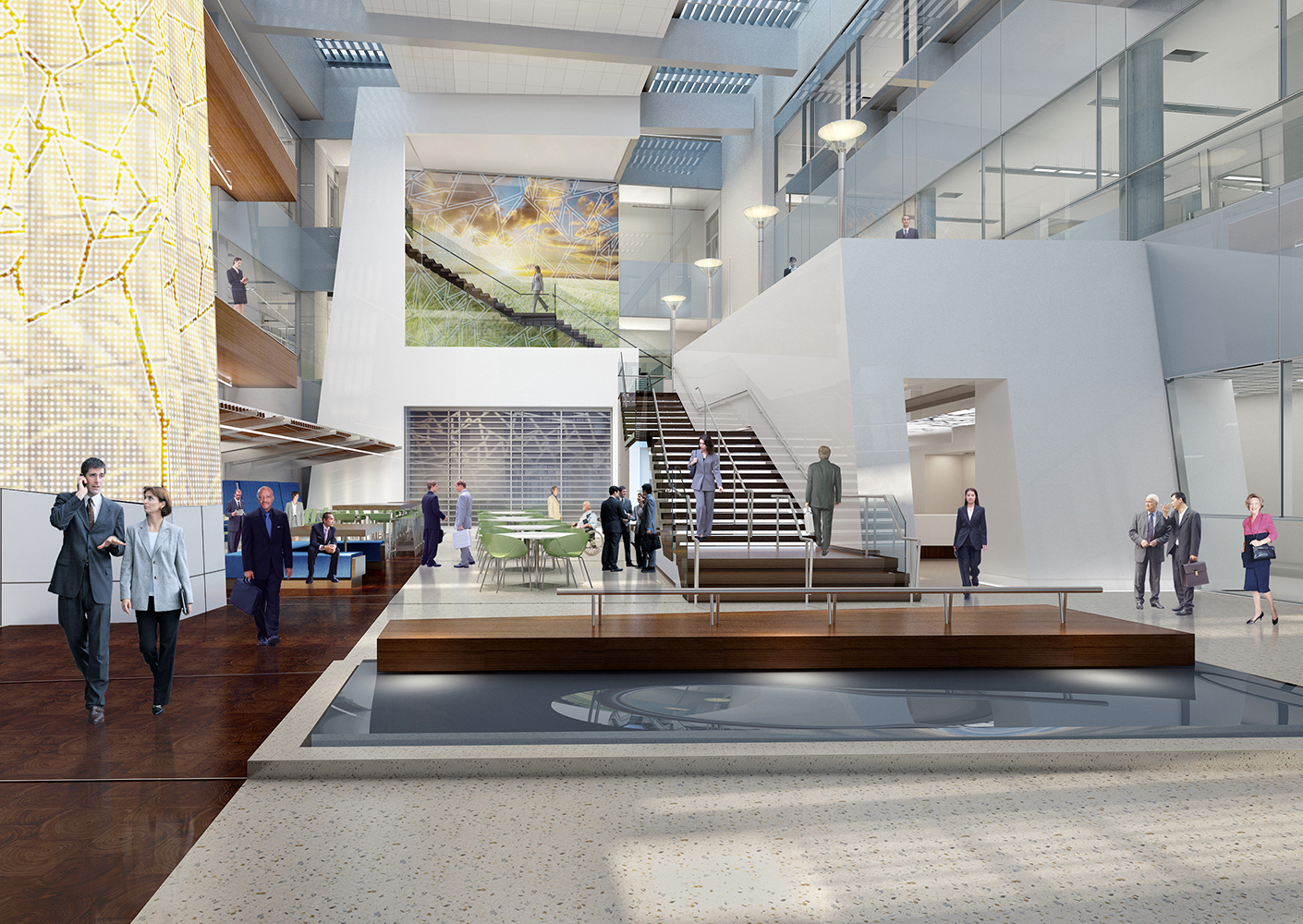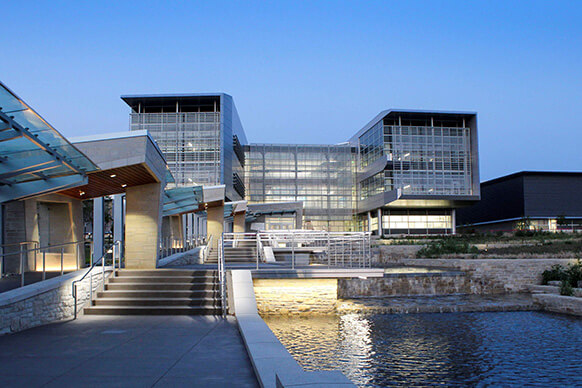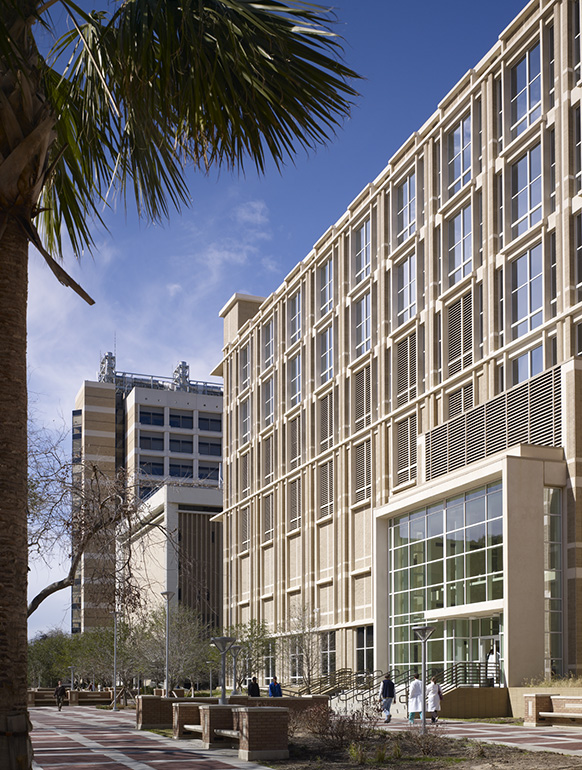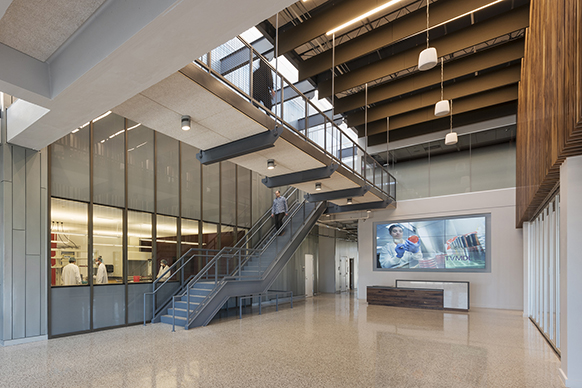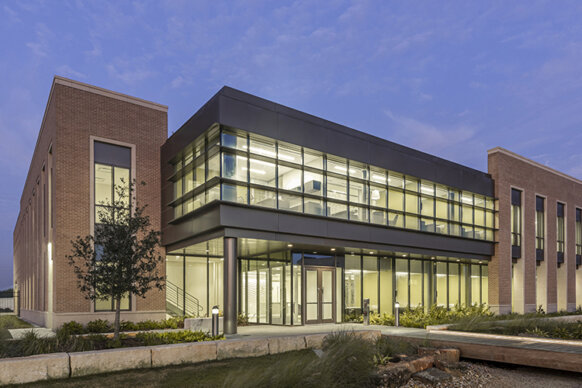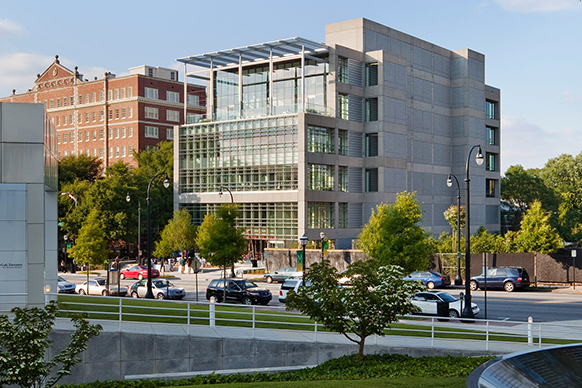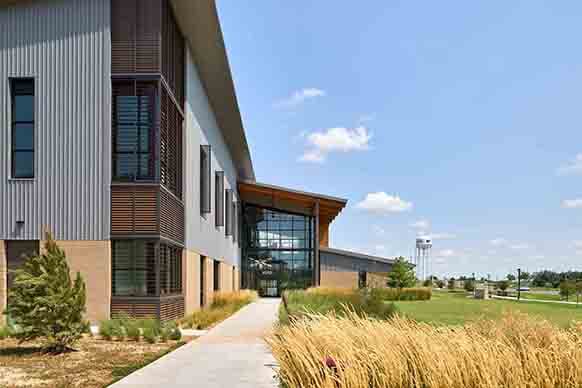Public and private health protection is a critical national mission. Following the attacks on 9/11, the United States renewed its focus on the potential threat of biological warfare from rogue terrorist groups. The government set aside significant funding for new laboratories to develop diagnostics, perform analyses, and develop countermeasures for attacks.
A competition for these labs followed, and the University of Texas Medical Branch was awarded one of the two grants, which then became known as the Galveston National Lab. The GNL project was commissioned and went hot in almost record time, making many new discoveries and major contributions to the fight against diseases like Ebola. While NIH was weighing these concerns, so was the newly formed Department of Homeland Security (DHS). They funded a second new lab facility with a two-part mission, to examine the forensic analysis of evidence involved in an attack, and to develop diagnostics and countermeasures for diseases that could be weaponized.
Fierce focus on human health and disease began shifting the spotlight toward agronomics, and the negative effects of an attack on our agricultural economy. Several outbreaks in countries overseas demonstrated just how crippling an event could be, so DHS recognized the need to enhance our nation’s ability to protect the Ag industry from foreign animal diseases. The Plum Island Animal Disease Center off the coast of New York had long been the place for this type of research, but the facility had aged and outdated itself, and it didn’t have the capabilities to keep up. Many of the newest emerging zoonotic diseases, pathogens that can infect both human and animal species, required cutting edge BSL-3 and BSL-3 Ag spaces that could continue the mission. From this, our next project, the National Bio and Agro-defense Facility (NBAF) was born. Nearing completion, it will be the first facility in the United States to provide this type of research space, designed to combat and protect against attack on our nation’s food supply.
Curated sites continue to pop up around the country. Several new state Veterinary Diagnostic Labs (VDL’s) including Texas A&M Veterinary Medical Diagnostic Laboratory, completed in 2017, has already become a benchmark for future VDL’s to come. This institution in particular, as one of the nation’s largest agriculturally-focused universities, has taken on several new capital projects focused on animal health. An additional satellite lab facility and education outreach building are being constructed at West Texas A&M University, and a new maximum containment project, the Biocontainment Research Facility, soon to be called the Global Health Research Complex, will include BSL-3Ag and BSL-3 research space. We are proud to have been chosen for all of these facilities and to be a small part of the huge impact they make for our society.
Now, facing an era of concern around climate change, these efforts are even more vital. These facilities act as the front line of defense in protecting our public and private health interests. Whether infected by deliberate or natural causes, the facilities we’ve designed to conduct this research have created life-saving vaccines, enacted response to critical contamination issues in times of outbreak, and at the most basic level, functioned as a global watchdog for threats to crops, livestock, and humans.
